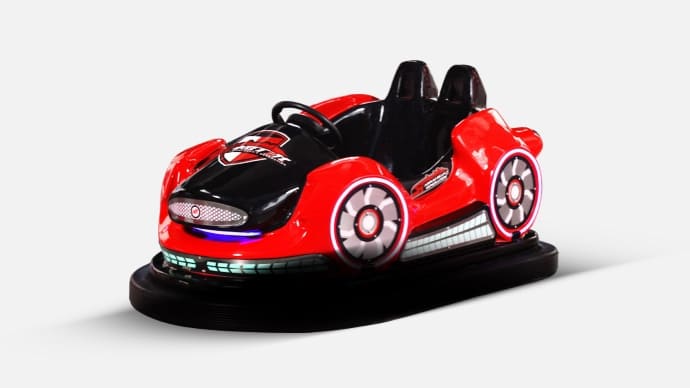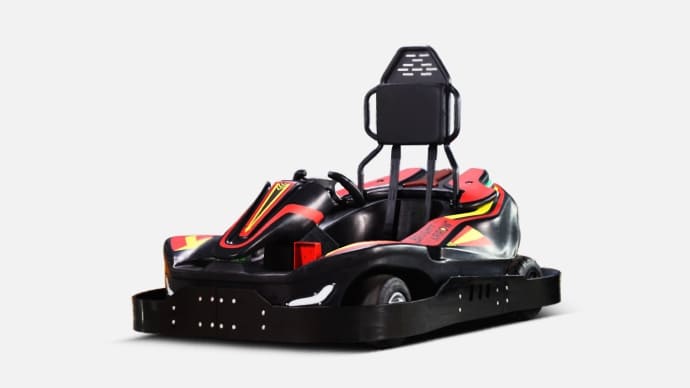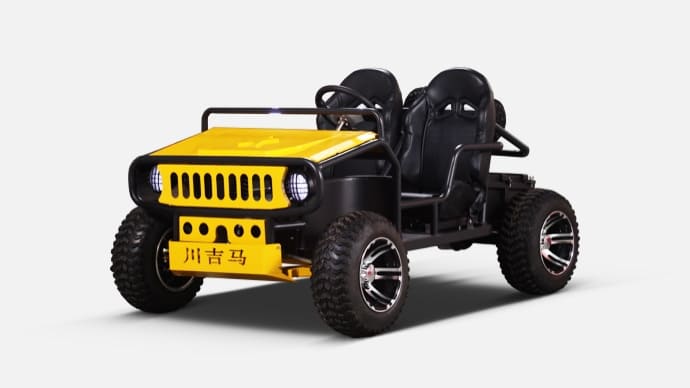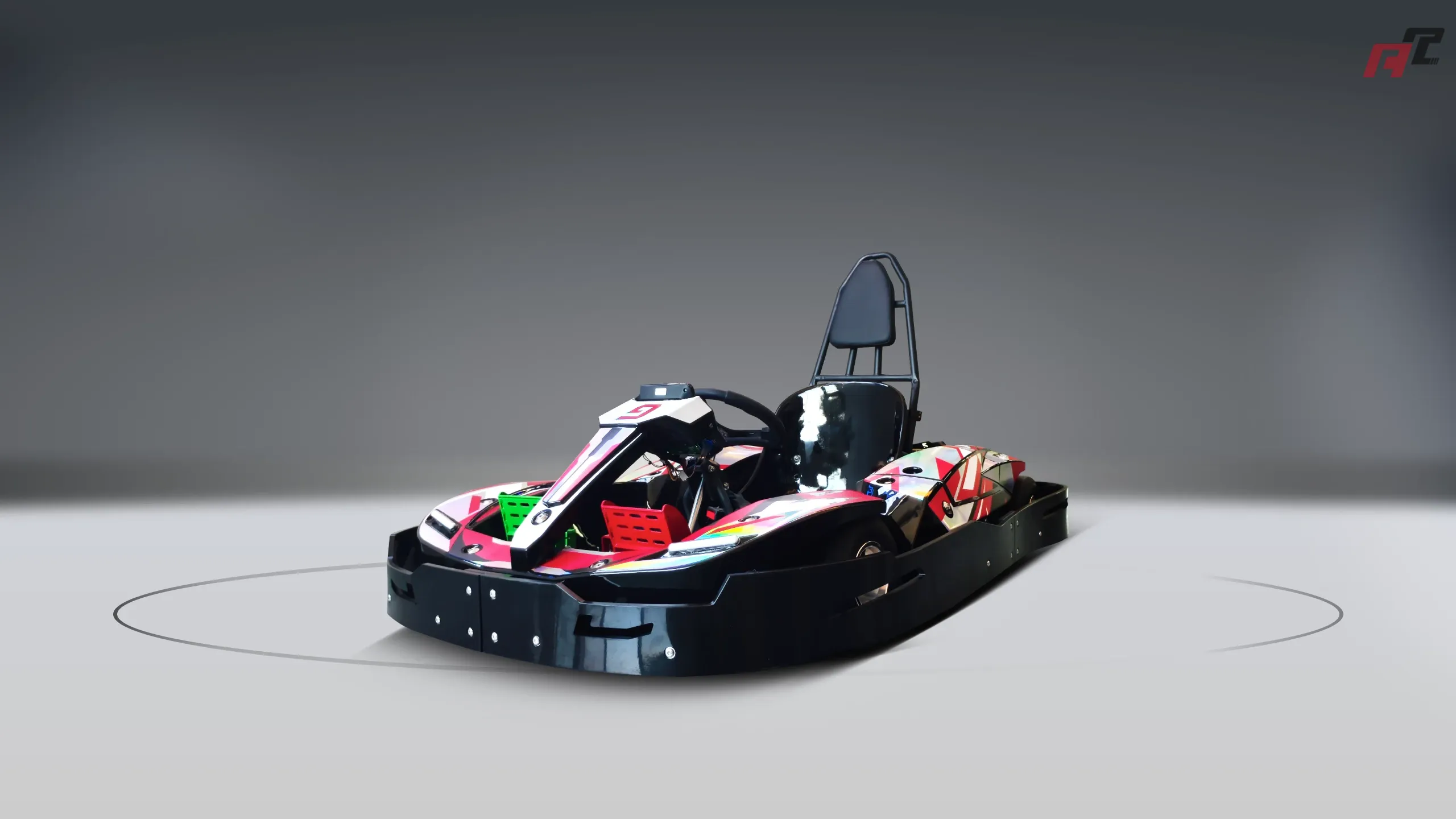are bumper cars ac or dc | ANCHI Expert Guide
Explore whether bumper cars operate on AC or DC power while diving into essential procurement knowledge for the go karts industry. This blog addresses top user concerns like power systems, safety, and supplier selection, offering actionable insights with real data for amusement park operators and buyers seeking quality and efficiency in their purchases.
Are Bumper Cars AC or DC? Unpacking Power Systems in Amusement Rides
Bumper cars, a staple in amusement parks, often raise questions about their power systems. Based on available information from resources like Wikipedia, bumper cars are typically powered by DC (Direct Current) electricity. They draw power from either the floor or ceiling through a pole, with the floor often divided into strips of alternating polarity to complete the circuit. DC is preferred due to its compatibility with low-voltage systems (usually 48-90 volts), ensuring safety and control in a confined, high-contact environment. This contrasts with AC (Alternating Current), which is less common in such setups due to potential safety risks and complexity in delivery for small-scale rides.
1. How Do Bumper Cars’ Power Systems Affect Safety?
Safety is a top concern for operators and buyers in the amusement industry. DC systems in bumper cars minimize the risk of severe electrocution due to their lower voltage compared to AC systems. According to discussions on platforms like All About Circuits forums, the floor pick-up system is designed to prevent shocks even if a person contacts the floor, thanks to insulation and controlled voltage levels. When procuring bumper cars or go karts, prioritize suppliers who adhere to strict electrical safety standards, such as those set by the International Association of Amusement Parks and Attractions (IAAPA).
2. What Are the Maintenance Challenges of DC-Powered Bumper Cars?
DC systems, while safer, can pose maintenance challenges. The contact points (such as floor strips or ceiling grids) require regular cleaning and inspection to prevent power loss due to dirt or wear. Graphite is often sprinkled on floors to reduce friction, as noted on Wikipedia, but this adds to upkeep costs. For go kart procurement, consider electric models with similar DC battery systems, ensuring suppliers provide detailed maintenance guides and spare parts availability.
3. How Does Power Type Impact Cost in Procurement for Go Karts and Bumper Cars?
DC systems in bumper cars are generally cost-effective for initial setup due to simpler wiring, but ongoing maintenance can add up. In contrast, electric go karts, which also often use DC battery power, may have higher upfront costs due to battery technology. According to industry insights from J&J Amusements, investing in durable electric go karts can reduce long-term repair costs. When procuring, compare lifetime costs rather than just purchase price, and negotiate warranties with suppliers.
4. What Should Go Karts Industry Buyers Know About Supplier Reliability?
Selecting a reliable supplier is critical for go kart and bumper car procurement. Look for manufacturers with a proven track record, like 360 Karting, known for innovative track designs, or J&J Amusements, recognized for quality products. Check reviews, request case studies, and verify compliance with safety regulations. As of recent industry trends reported by The Asahi Shimbun, companies like Toyota are entering the kart market, offering new options. Always request detailed specifications and after-sales support terms.
5. Are Electric Go Karts a Better Investment Than Gas-Powered Models?
A common debate in procurement is electric versus gas-powered go karts. Electric karts, often DC battery-powered, offer lower operating costs and environmental benefits, aligning with modern sustainability goals. A guide from OutdoorToys.com highlights that electric karts are quieter and safer for indoor use, though they may lack the speed of gas models. Gas karts, as noted by J&J Amusements, remain durable for outdoor tracks. Assess your venue’s needs—indoor or outdoor—and customer demographics before deciding.
In conclusion, understanding whether bumper cars use AC or DC (predominantly DC for safety and efficiency) is just the starting point. For go kart industry procurement, focus on safety standards, maintenance needs, cost analysis, supplier credibility, and model suitability. Use resources like industry websites and forums to stay updated on trends, ensuring your investment delivers value and a thrilling experience for customers.














